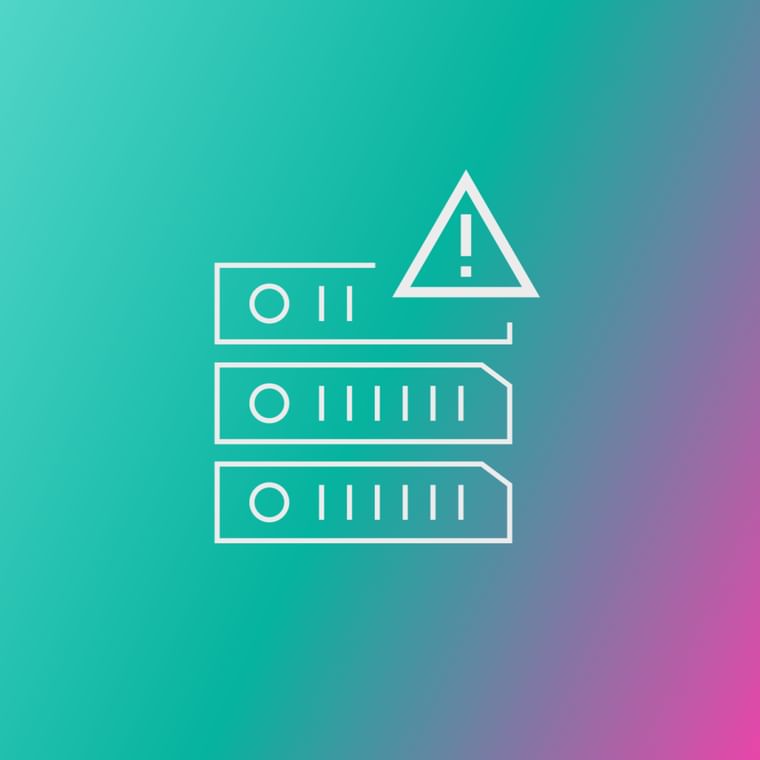Unlike prescriptive standards mandating specific controls, the NIST Framework provides flexible guidance that organizations can adapt to their unique requirements. The framework focuses on outcomes rather than methods, allowing organizations to achieve security objectives through their chosen approaches. This flexibility, combined with official crosswalks to other standards, enables organizations to consolidate compliance efforts while maintaining operational effectiveness.
NIST Framework
The NIST Cybersecurity Framework provides organizations with voluntary guidelines and best practices to manage cybersecurity risk through five core functions: Identify, Protect, Detect, Respond, and Recover, plus a sixth governance function in version 2.0.
What Is the NIST Framework?
The NIST Cybersecurity Framework (CSF) delivers structured guidance that helps organizations assess and improve their ability to prevent, detect, and respond to cyber threats. Developed by the National Institute of Standards and Technology at the U.S. Department of Commerce, this voluntary framework enables businesses of all sizes to understand better, manage, and reduce cybersecurity risk while protecting critical networks and data.
NIST is one of the most widely adopted security frameworks across U.S. industries, providing a common language for organizations to communicate about cybersecurity risk management internally and with external stakeholders. Unlike prescriptive compliance mandates, the NIST Framework offers flexibility that allows organizations to adapt its guidance to their specific risk profiles, business requirements, and existing security investments.
This adaptability makes it particularly valuable for enterprises managing complex security environments across multiple business units and regulatory jurisdictions.
How the NIST Framework Works
The NIST Framework operates through a structured approach that organizes cybersecurity activities into core functions, categories, and subcategories, creating a comprehensive risk management system. Organizations implement these functions concurrently and continuously, building an operational culture that addresses dynamic cybersecurity threats.
The framework's modular structure enables organizations to assess their current security posture, identify gaps, and develop targeted improvements. Each function contains specific categories that break down into actionable subcategories, providing concrete guidance while maintaining flexibility for implementation based on organizational needs.
Through implementation tiers ranging from Partial to Adaptive, organizations can measure their cybersecurity maturity and demonstrate progress toward strategic security objectives. This tiered approach enables security leaders to effectively communicate their risk posture to executive leadership and justify cybersecurity investments based on measurable outcomes.
Core Functions Structure
The framework organizes cybersecurity activities into interconnected functions that work together to create comprehensive security coverage. These functions offer a strategic perspective on the lifecycle of managing cybersecurity risk, enabling organizations to prioritize investments and allocate resources effectively.
Organizations implement functions simultaneously rather than sequentially, recognizing that effective cybersecurity requires continuous activity across all areas. This concurrent approach ensures that detection capabilities inform protection strategies, while response activities feed back into improvements in identification and protection.
Implementation Flexibility
The framework's voluntary nature enables organizations to tailor their implementation to their unique risk profiles and business requirements. Rather than mandating specific technologies or processes, the framework provides outcome-focused guidance that enables organizations to achieve their goals through their chosen methods and tools.
This flexibility proves particularly valuable for enterprises with existing security investments, enabling them to map current capabilities to framework functions and identify areas for improvement without requiring wholesale replacements of functioning systems.
The Five Core Functions of NIST
The NIST Framework's five original core functions provide comprehensive coverage of essential cybersecurity activities, from initial asset identification through post-incident recovery.
Identify establishes a foundational understanding of systems, assets, and capabilities requiring protection. Organizations inventory all equipment, software, and data assets while analyzing business environments, governance structures, and supply chain risks. Accurate asset inventories, including ownership, criticality ratings, and data classification, enable risk-informed security investments prioritized by business impact.
Protect implements safeguards that ensure critical service delivery and limit the potential impacts of cybersecurity events. Key activities include identity management, access control, security awareness training, and the deployment of protective technologies. Organizations balance security effectiveness with operational requirements through encryption, regular backups, and automated updates that reduce manual overhead.
Detect develops capabilities to quickly identify cybersecurity events, enabling a timely response. Organizations implement continuous monitoring to detect unauthorized access and anomalous behaviors, aggregating security data from multiple sources. Effective detection establishes activity baselines to identify deviations warranting investigation without creating alert fatigue.
Respond encompasses actions regarding detected incidents, including those with impact and supporting recovery. Response planning defines communication protocols, roles, responsibilities, and escalation procedures. Post-incident activities include thorough investigations, updates to security controls, and refinements to response procedures.
Recover maintains resilience and restores impaired capabilities following incidents. Organizations repair affected systems, validate data integrity, and confirm the elimination of threats while balancing the need for speed with thoroughness. Effective recovery requires predetermined objectives, tested restoration procedures, and clear communication with stakeholders throughout the process.
Implementation Best Practices
Successful NIST Framework implementation requires strategic planning that aligns cybersecurity improvements with business objectives while leveraging existing security investments.
Organizations begin by establishing current profiles that document existing cybersecurity capabilities, mapping them to framework functions. This baseline assessment identifies strengths and gaps, enabling prioritized improvement planning based on risk exposure and business impact. Target profile development defines desired outcomes aligned with business objectives and risk tolerance, revealing specific gaps that become the focus of implementation.
The framework's four implementation tiers (Partial, Risk Informed, Repeatable, and Adaptive) provide a maturity model for measuring progress. Organizations advance through tiers by developing sophisticated risk management capabilities, moving from reactive responses to proactive threat prevention across people, processes, and technology dimensions.
Successful implementation leverages existing security tools rather than requiring wholesale replacements. Modern platforms often include NIST Framework mapping capabilities that simplify integration through custom rule development, automated compliance reporting, and consolidated dashboards providing visibility across all five core functions.
Ready to align your cybersecurity strategy with NIST Framework requirements? Get a demo to see how Abnormal can accelerate your implementation journey.
Frequently Asked Questions (FAQs)
Get the Latest Email Security Insights
Subscribe to our newsletter to receive updates on the latest attacks and new trends in the email threat landscape.
Featured Resources

Product
The Last 1% of Attacks: Rise and Fall of the SEGMay 29, 2025
/
5 min read

Artificial Intelligence
AI, People, and Policy: What We Learned from Convergence Season 4May 22, 2025
/
6 min read

Threat Intel
Legitimate Senders, Weaponized: How Abnormal Stops Email Bombing AttacksMay 19, 2025
/
6 min read

CISO Insights
Through the Looking Glass: A CISO's Take on RSAC 2025May 09, 2025
/
7 min read